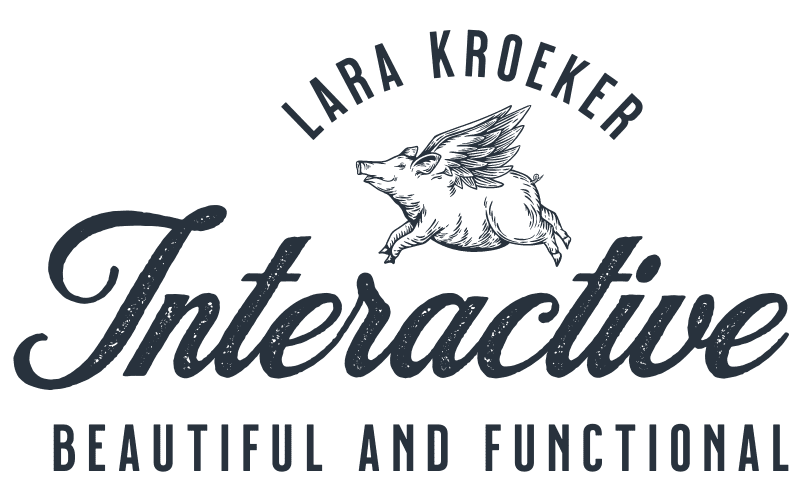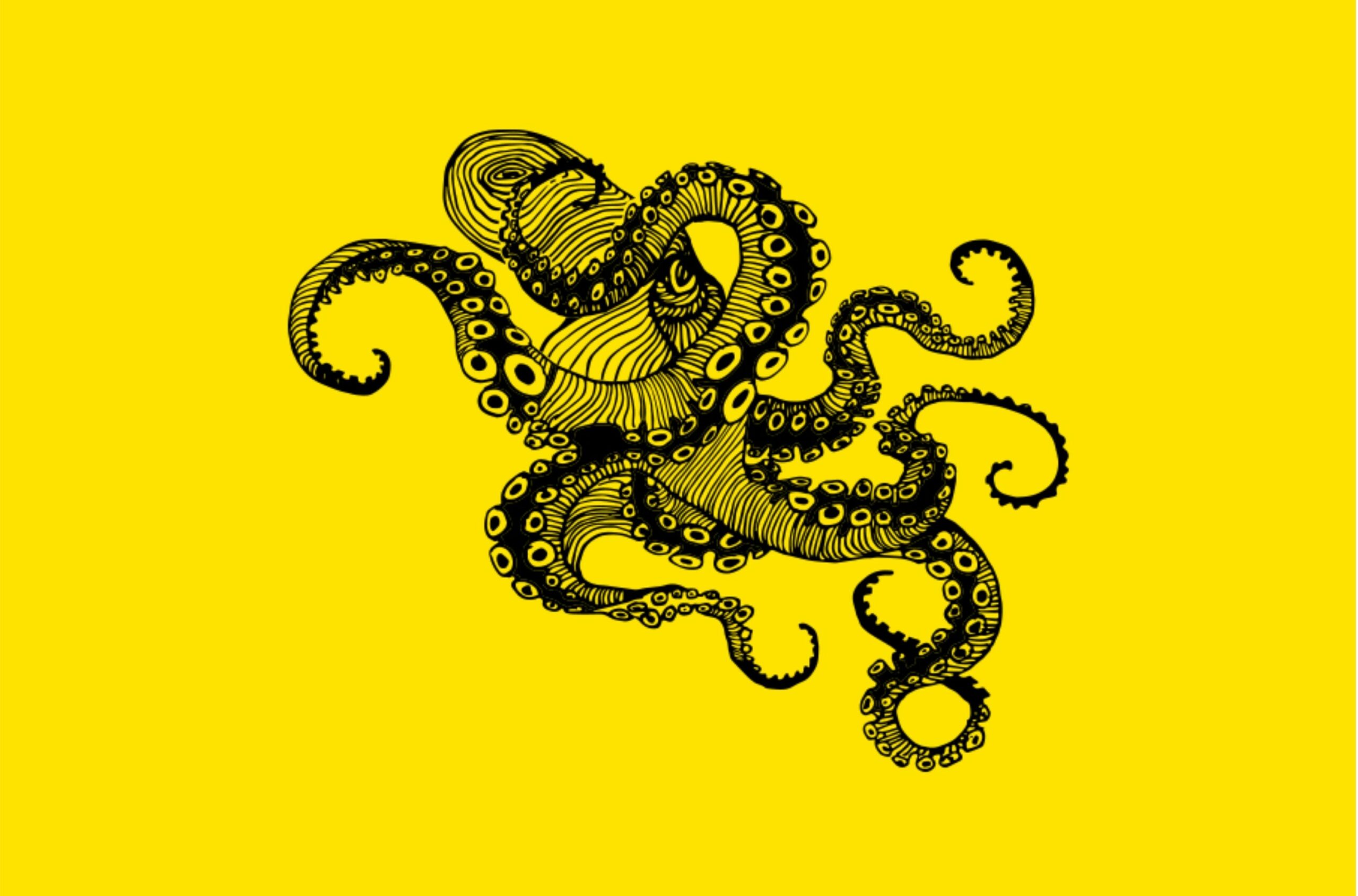Design plays a critical role in the success of any website, and when it comes to WordPress, understanding design systems becomes even more important. Design systems provide a structured approach to organizing and implementing design elements, ensuring consistency and coherence throughout a website. In this blog post, we will explore the significance of knowing your design systems before starting a WordPress site and how it can contribute to creating a visually appealing and user-friendly online presence.
Establishing Brand Identity
Before diving into WordPress website development, it’s essential to have a clear understanding of your brand’s identity. A design system helps translate your brand’s personality, values, and visual elements into a cohesive website design. By defining your brand’s colors, typography, iconography, and other design components upfront, you can create a consistent and memorable user experience that resonates with your target audience.
Ensuring Consistency
Consistency is key when it comes to designing a WordPress website. A well-defined design system provides a set of rules and guidelines for the usage of design elements. This consistency not only enhances the overall aesthetics of the website but also improves usability and navigation. Consistent typography, color schemes, and spacing create a seamless browsing experience, helping users to easily navigate through your site and find the information they need.
Enhancing User Experience
Design systems contribute significantly to user experience (UX) by creating intuitive and user-friendly interfaces. When planning your WordPress site, consider the hierarchy of information, placement of elements, and interaction patterns. Design systems can help you define these aspects, ensuring a logical flow and intuitive interaction throughout the website. By providing a visually pleasing and well-organized layout, you can guide users through their journey on your site and increase engagement and conversions.
Simplifying Development
WordPress offers a wide range of themes and templates, making it easier to build websites. However, without a well-defined design system, it’s easy to fall into the trap of using pre-designed elements that may not align with your brand or design objectives. By establishing your design system beforehand, you can select or customize themes and templates that adhere to your brand guidelines. This simplifies the development process and allows for quicker and more efficient customization, saving time and effort.
Facilitating Collaboration
When working on a WordPress website, collaboration is often key, involving designers, developers, and content creators. A design system acts as a shared language, providing a common understanding and reference point for all stakeholders involved. It streamlines communication, promotes collaboration, and reduces misunderstandings. With a clear design system in place, the entire team can work harmoniously towards a unified vision, resulting in a cohesive and impactful website.
Design systems are not just a buzzword but a fundamental aspect of creating a successful WordPress website. By knowing your design systems before starting a WordPress site, you establish a strong foundation for consistent branding, enhanced user experience, simplified development, and effective collaboration. Take the time to define your brand’s design elements and guidelines, ensuring that your website reflects your identity and resonates with your target audience. With a well-executed design system, your WordPress website will stand out from the crowd, leaving a lasting impression on visitors and driving your online success.





























